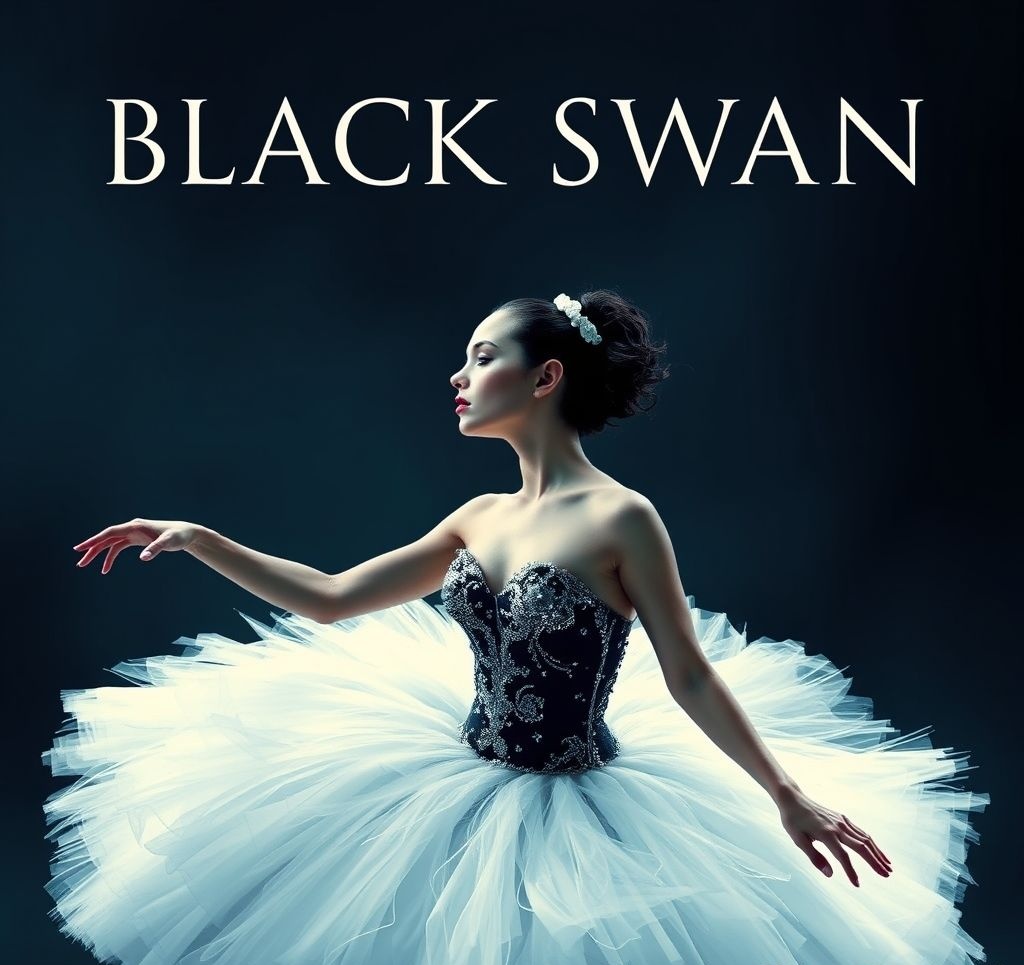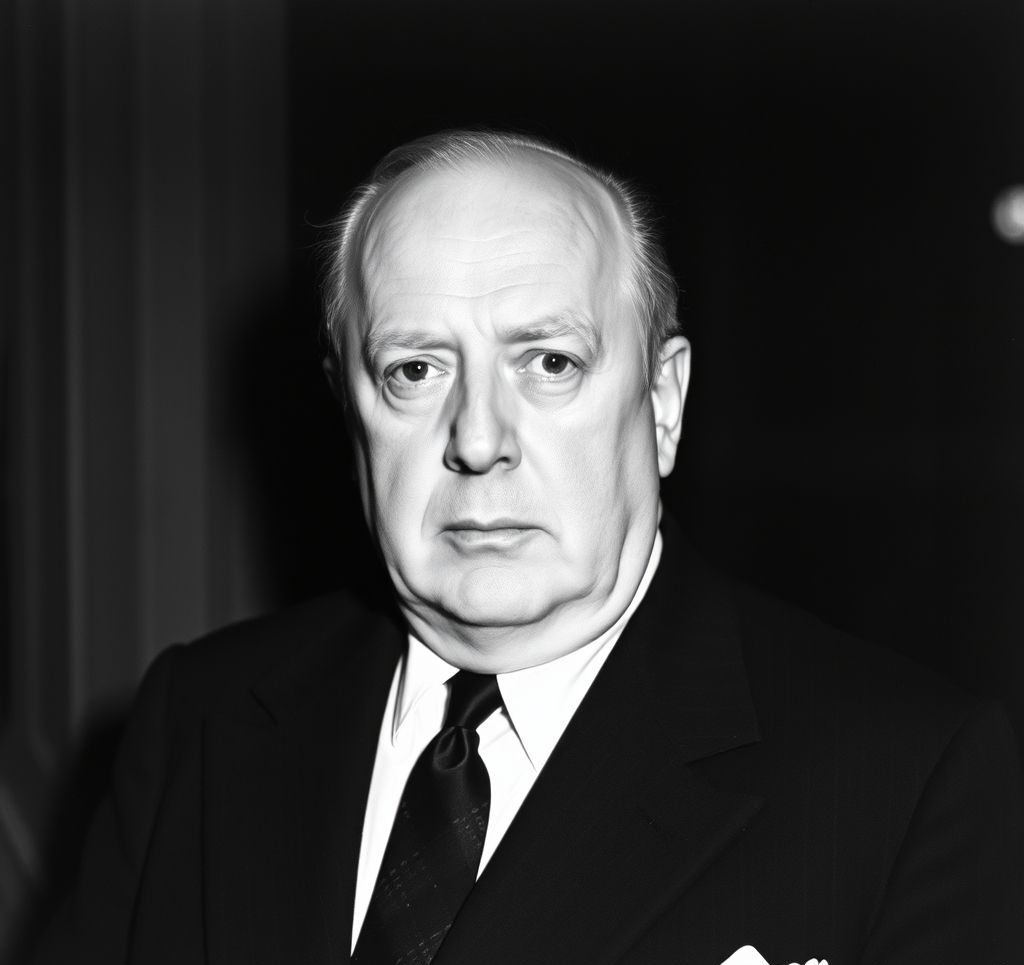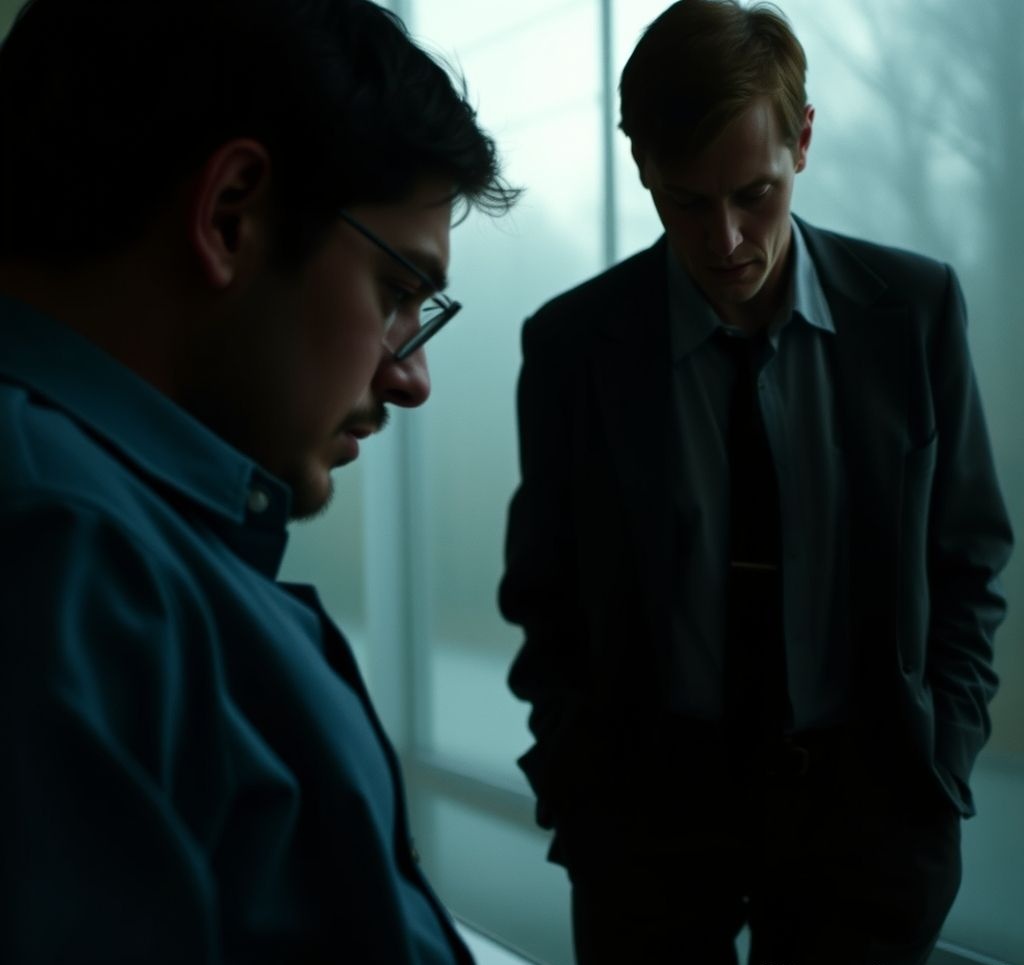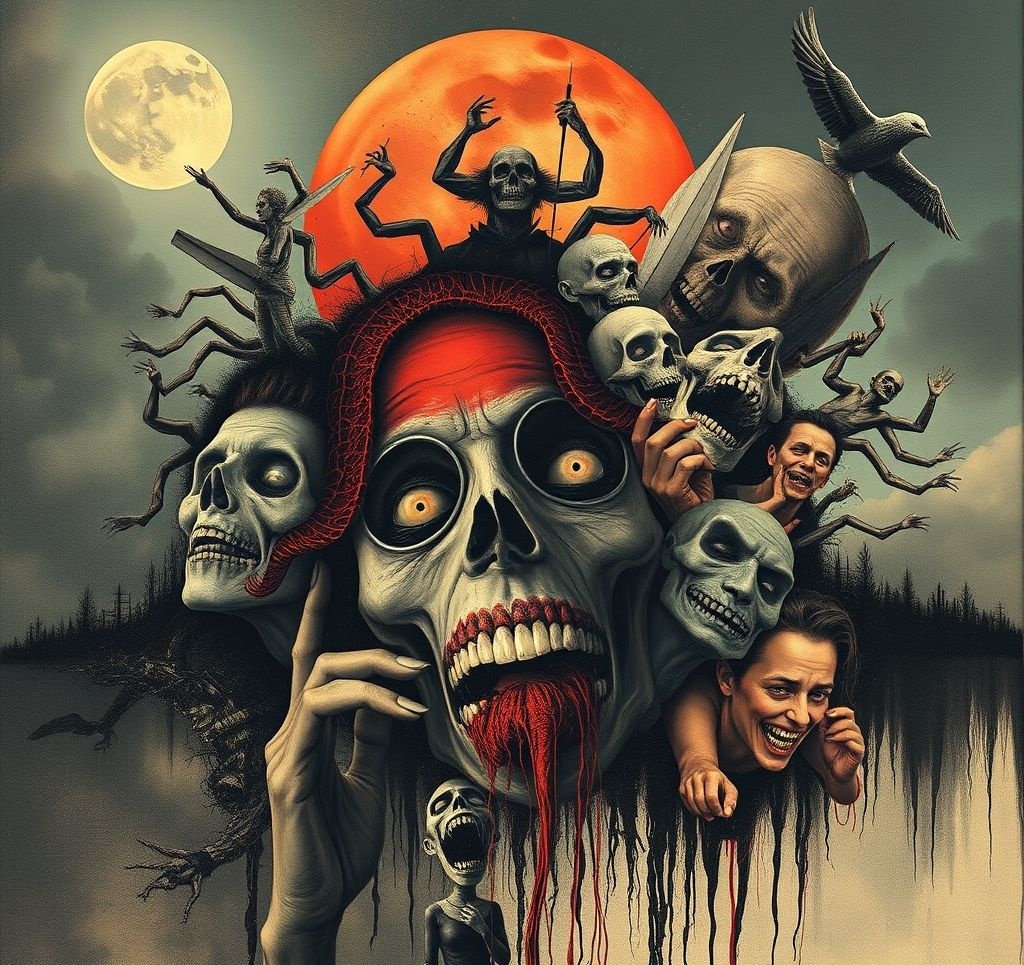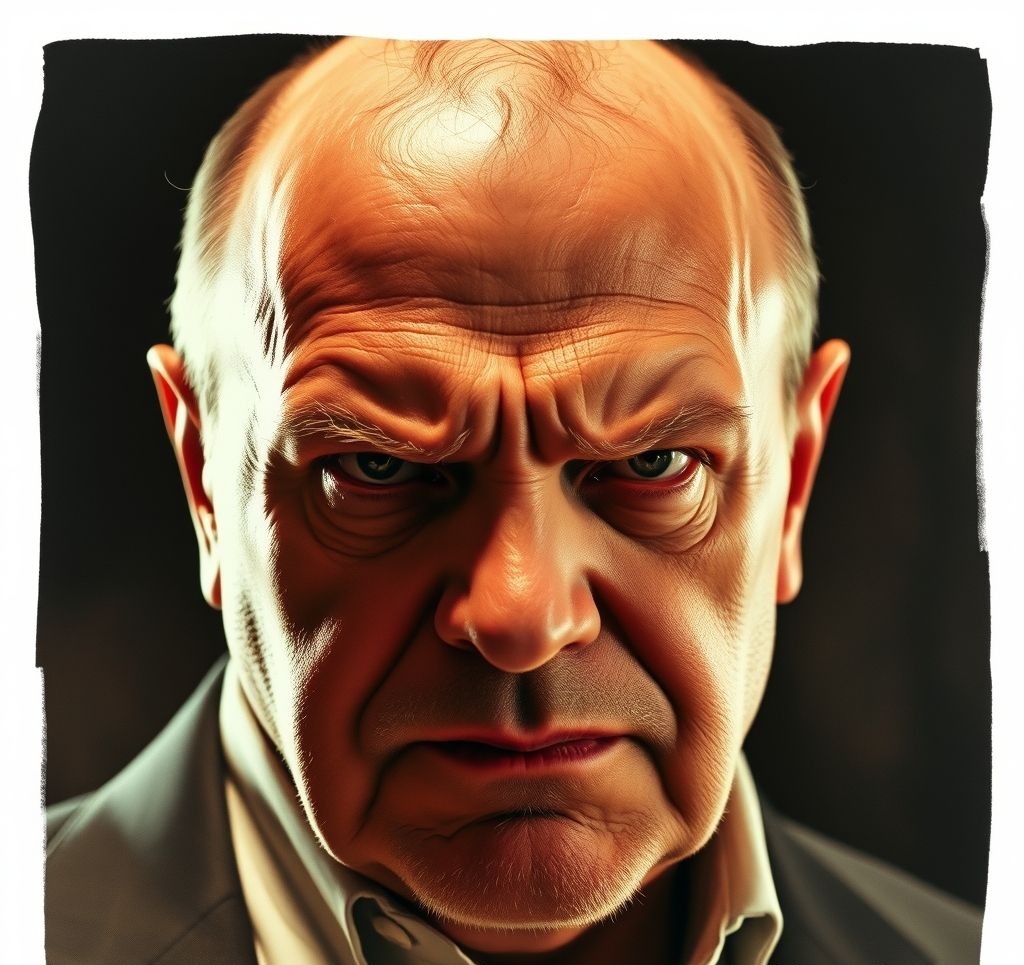What Makes a Great Psychological Thriller?
Psychological thrillers occupy a distinctive space in cinema, focusing on the interior landscapes of characters rather than relying primarily on external threats. Unlike traditional thrillers that emphasize physical danger, psychological thrillers create tension through ambiguity, disorientation, and the destabilization of reality itself.
The genre's fundamental characteristic is its emphasis on subjective experience over objective reality. These films typically feature protagonists whose perception—and by extension, the audience's understanding—cannot be fully trusted. Whether through trauma, mental illness, manipulation, or deliberate deception, psychological thrillers play with viewer expectations by questioning the reliability of what we're shown.
The most effective psychological thrillers operate on multiple interpretive levels simultaneously, supporting both psychological and literal readings of events. Even after credits roll, these films resist definitive interpretation, creating narrative experiences that continue to unfold in viewers' minds long after watching.
Key Elements of Psychological Thrillers
- Unreliable Narration - Stories told from compromised perspectives that create ambiguity
- Reality Distortion - Blurring lines between objective events and subjective experience
- Identity Exploration - Themes of fractured, threatened, or doubled selves
- Paranoia - Growing sense that ordinary environments conceal threats
- Memory as Plot Device - Narratives hinging on forgotten or manipulated recollections
- Claustrophobic Atmosphere - Creating tension through confinement (physical or psychological)
- Ambiguous Resolution - Endings that resist complete closure or certainty
Notable Storytelling Techniques
- Subjective Camera - Visuals that represent character psychology rather than objective reality
- Non-linear Structure - Fragmented timelines that mirror psychological disorientation
- Dream Logic - Narratives that follow emotional rather than rational progression
- Unreliable Flashbacks - Memory sequences of questionable accuracy
- Visual Doubling - Mirror imagery and doppelgängers representing split psyches
- Gaslighting Narratives - Stories where characters' realities are deliberately manipulated
- Symbolic Visual Systems - Recurring motifs that express psychological states
